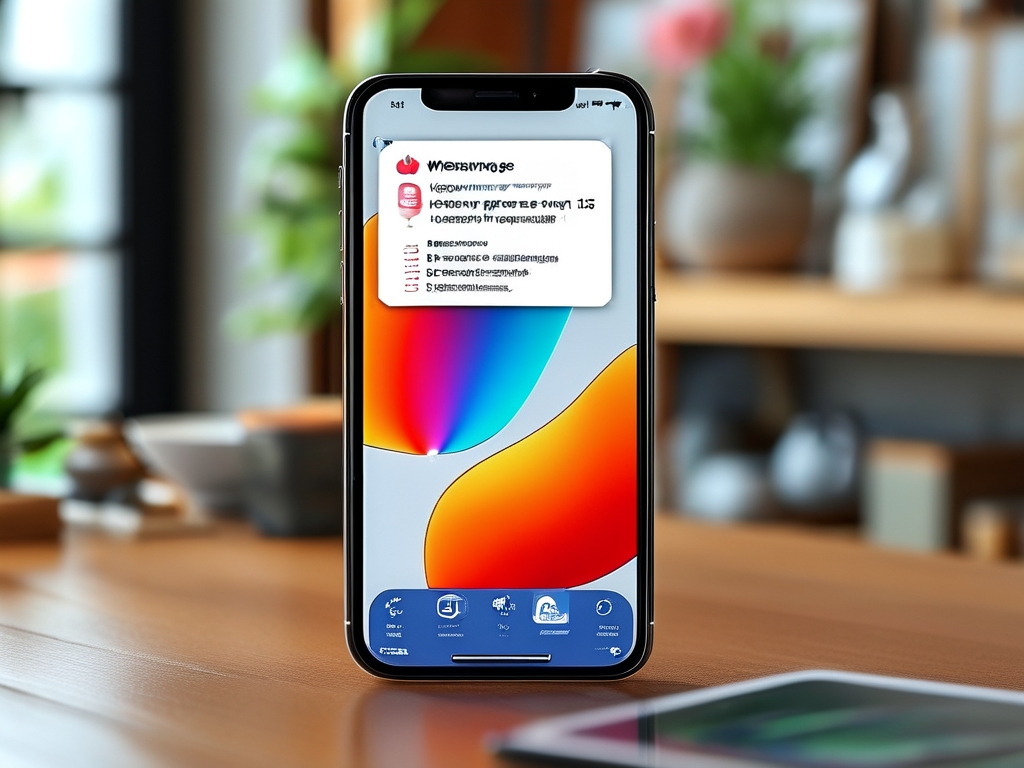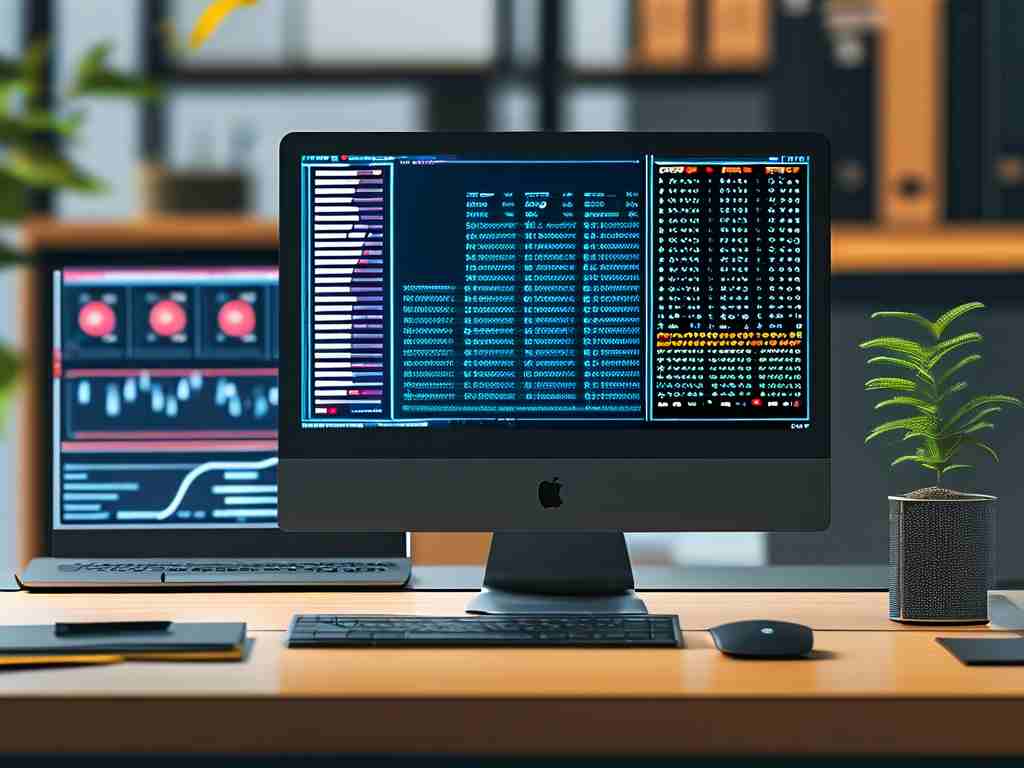For iPhone 15 users, efficient memory management ensures smooth performance and extended device longevity. While Apple’s iOS handles background processes intelligently, understanding how to manually monitor and optimize storage can significantly enhance your experience. This guide walks through practical steps to access memory tools and implement best practices for storage management.

Accessing Memory Management Tools
-
Storage Settings
Navigate to Settings > General > iPhone Storage. This dashboard displays a color-coded breakdown of storage allocation, including apps, media, and system data. The iPhone 15 introduces an updated interface with real-time memory pressure indicators, shown as a graph at the top. -
Offload Unused Apps
Enable Offload Unused Apps in the Storage menu. This feature automatically removes rarely used apps while preserving their documents and data. To manually offload specific apps:// Example Swift code for educational purposes (not executable): func offloadApp(_ appID: String) { let storageManager = StorageController.shared storageManager.offloadApplication(by: appID) } -
Review Large Attachments
Tap Review Large Attachments under the Storage recommendations to delete bulky files in Messages and Mail. The iPhone 15’s enhanced AI now identifies duplicate photos and low-quality videos for quick cleanup.
Advanced Optimization Techniques
- Clear Safari Cache: Go to Settings > Safari > Clear History and Website Data.
- Disable Background Refresh: Limit apps like social media platforms from refreshing content in the background via Settings > General > Background App Refresh.
- Leverage iCloud+: Use Optimize iPhone Storage in iCloud Photos to keep full-resolution media in the cloud while retaining device-optimized versions locally.
Troubleshooting Memory Issues
If your iPhone 15 still shows sluggish performance:
- Restart the device to clear temporary system caches.
- Update to the latest iOS version via Settings > General > Software Update.
- Perform a factory reset as a last resort (Backup data first via iCloud or Finder).
Apple’s A16 Bionic chip in the iPhone 15 dynamically allocates resources, but proactive user management remains crucial. Regularly audit storage every 2-3 weeks and prioritize apps that consume excessive background data. For developers, utilize Xcode’s Memory Debugger to profile app performance and address leaks.
Final Tips
- Avoid cluttering the Home Screen with unused widgets.
- Stream media instead of downloading it locally.
- Use third-party tools like CleanMyPhone or Gemini Photos for automated organization (non-Apple tools require cautious permissions review).
By combining iOS’s native tools with mindful usage habits, iPhone 15 users can maintain optimal storage health and ensure seamless multitasking.









